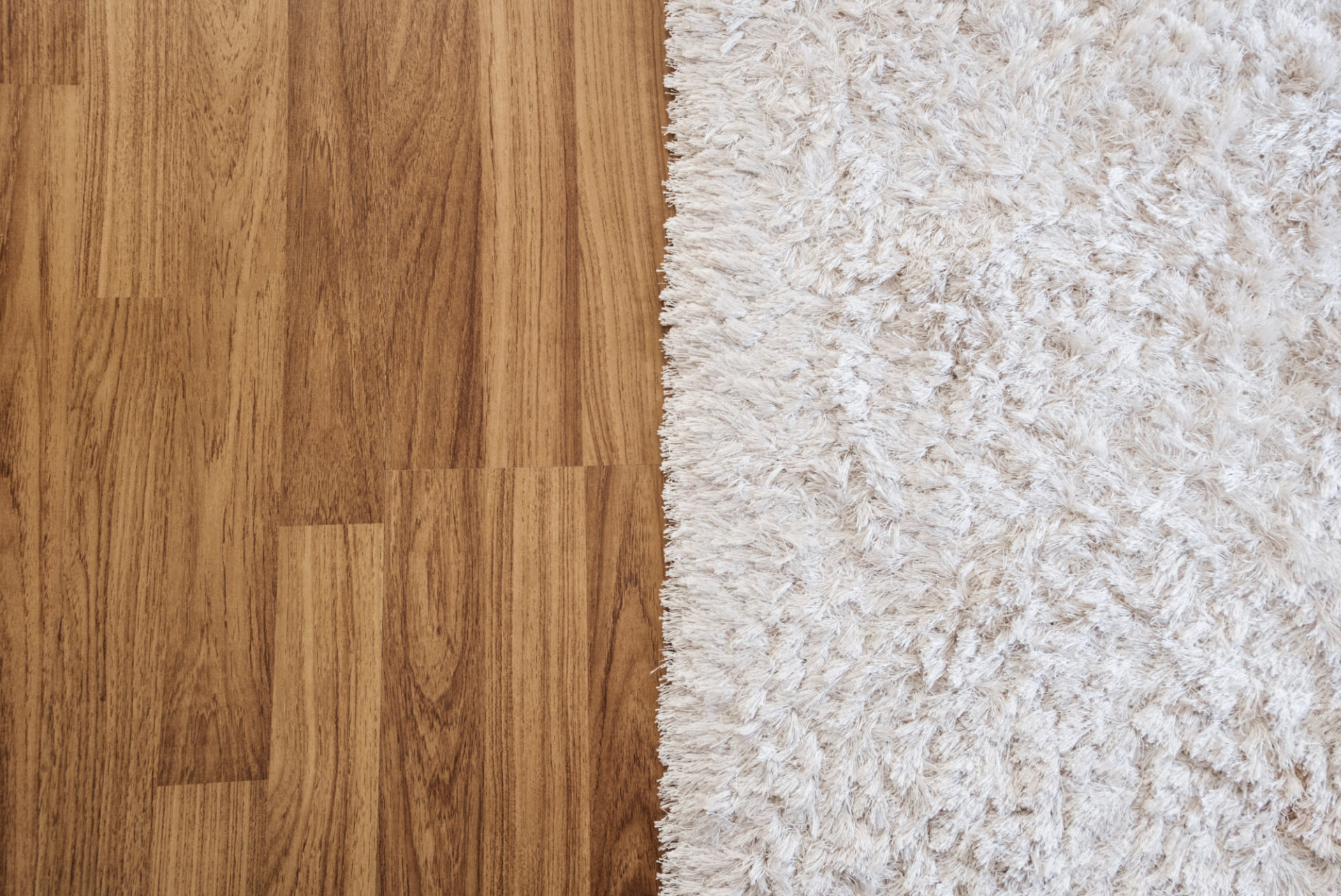Table of Contents Show
Choosing an area rug for your apartment to adhere to the 80% carpeting rule is a task that can easily veer into troubled waters. Pick the wrong one, and it will throw off the entire feel of the room. However, find a suitable textile that can brighten and lift the aesthetic. This is simply because an area rug, as the term indicates, is a large design item. It covers most of the floor surface of a floor and, more or less, sets the visual mood. There is no need for trepidation when shopping for one, though. Evaluating your options using the following categories will simplify the process and give you confidence in your decision.
New York City 80% Carpeting RuleNew York City 80% Carpeting Rule
If you live in a dense city such as New York or San Francisco, then an area rug may be more than merely an item of decor. While not an actual law on the books, many lease agreements-especially in NYC-require at least 80% coverage of floor space with carpeting. The primary aim of the rule is noise reduction, though how effective it is up for debate. If you happen to live in such a building and wish to comply with the lease, then curating a selection of handsome area rugs to adorn your apartment is paramount. Not to mention a much better option than carpeting. Consider this while sizing your textiles. If the carpet you want isn’t available in the proper dimensions, try layering it over a more substantial piece in an inert material such as hemp or seagrass.
Keep these four principles in mind while shopping and the experience will be simple, stress-free, and the results exceptional. Setting boundaries while designing is a good rule of thumb in general. Limiting the choices frees you up and prevents the paralysis of infinite options. It’s a concept that can be applied to choosing a rug and space as a whole.
ColorColor
Color, and we’ll include a pattern in this category, should be the first point of reference. If the other design elements (furniture, lighting, paint, etc.) are already in place, then use the tones and aesthetic of those pieces as a guide. If many light pastels dominate the room, choose a rug with a similar color and shade. When leaning toward something with a bold pattern and multiple colors, it’s best to place that piece first. Then add the rest of the decor using the rug as a reference.
Generally speaking, if the furnishings and wall coverings have been installed, it’s easier to use a neutral tone. A natural fiber rug like sisal, a simple pattern that nods to the wall color and doesn’t intrude on the decor present. Don’t be shy, though; if a boldly patterned textile speaks to you and its tones are on par with space’s aesthetic, go for it. It may be just the thing that lifts the design level of the room from safe to compelling.
TextureTexture
An often overlooked aspect of the choice of an area rug. Most people naturally don’t look past color and pattern-especially when shopping online; they should. Well-curated textures add depth and layers to the design of a space. Look for pieces that contrast with the existing textiles. If you have a couch with a soft, heavily textured upholstery, choose a rug with a low pile made from a natural material like jute. When your room includes smoother surfaces such as a leather sectional or chairs, aim for something full and fluffy like a hand-woven Moroccan kilim. Apply the same principle with smaller decor items like pillows and throws for a luxurious, layered feel.
SizeSize
Sizing a rug is a relatively straightforward part of the process, but don’t be tempted to go against the rules because an attractive piece isn’t available in a suitable size. Undersizing an area rug will make a room feel small and awkward. Covering the seating area is the standard, but making sure the front legs of chairs are on the textile is a satisfactory compromise. Most importantly, you and your guest’s feet should be touching the rug when seated.
When it comes to a dining room, the chairs should all have a place to be pulled out from under the table while still on the textile. If it’s a bedroom rug, your sizing should extend at least a couple of feet beyond the bed. That way, when waking your feet, find a soft landing. Also to be considered is orientation. Rectangular pieces fit rectangular spaces, while square rooms look natural with square or round rugs. Again, it’s easy to be tempted away from a proper size or shape. Especially when falling for an attractive rug not available in the right dimensions.






